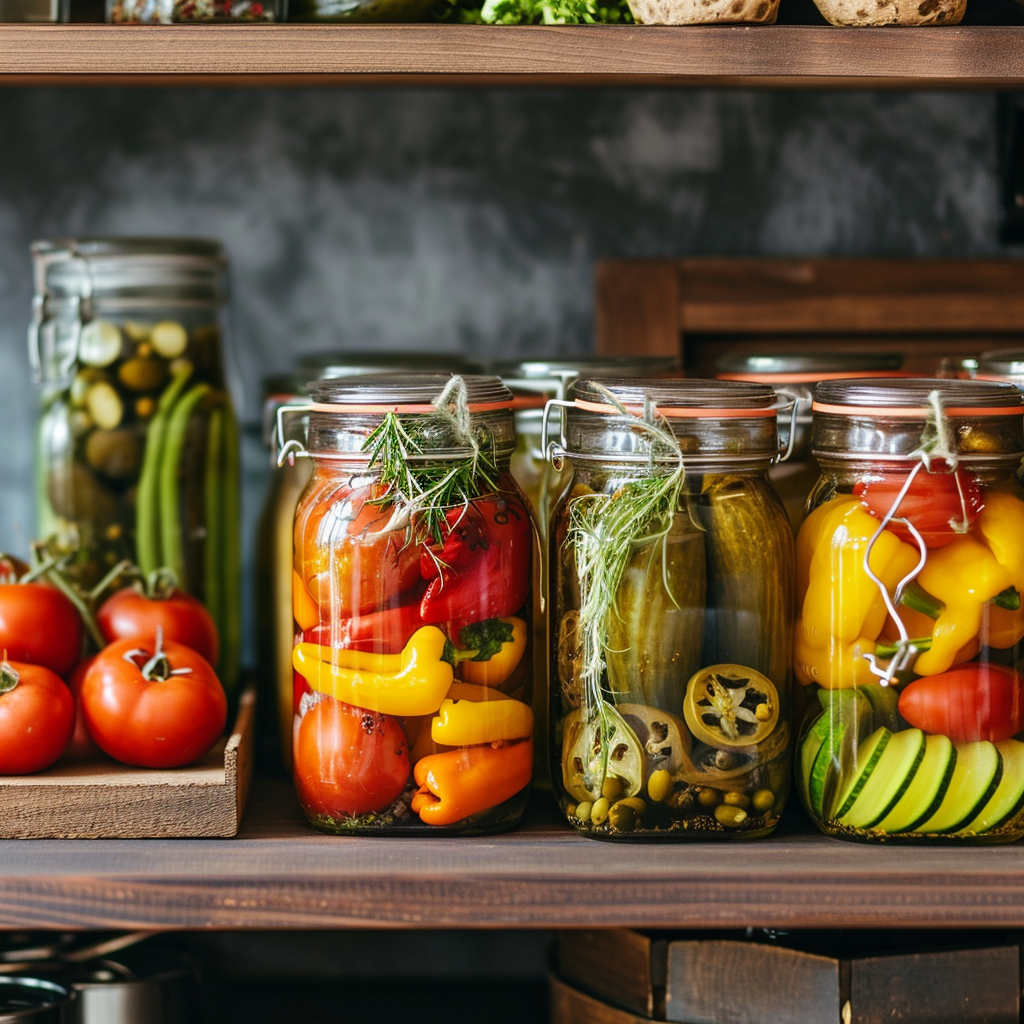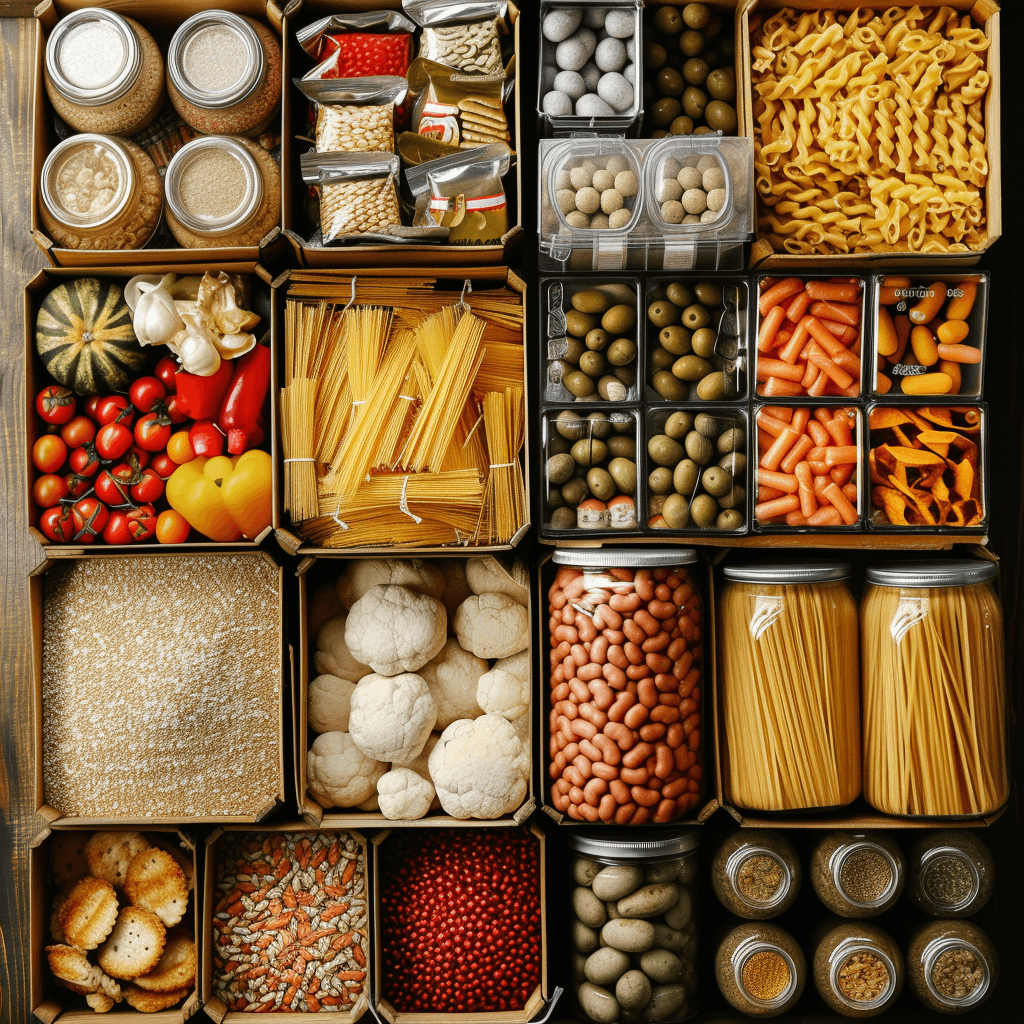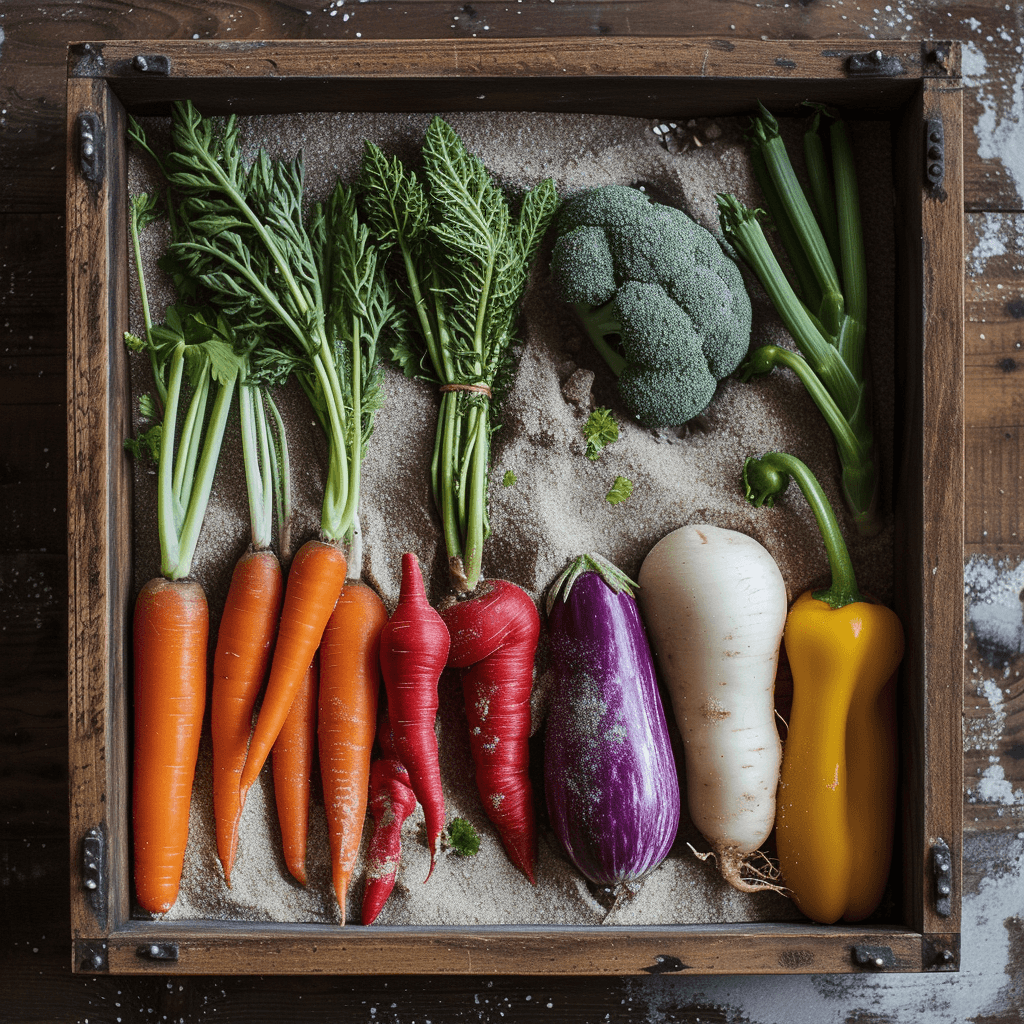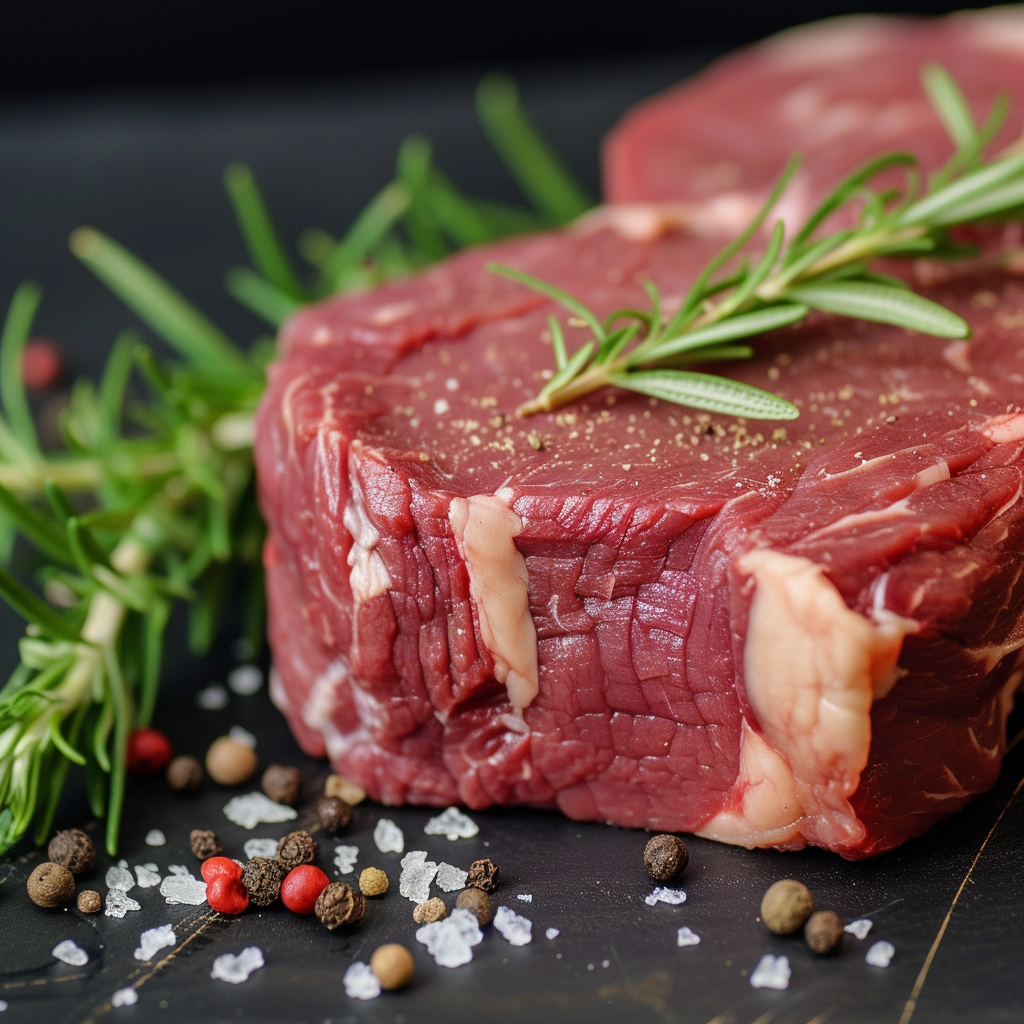Are you interested in off grid living? Maybe you’re trying to be self-sufficient and reduce your reliance on grocery stores. Well, if that’s the case, then you’ve probably come across the terms “food storage” and “food preservation.” But do you know the difference between the two? Don’t worry, we’ve got you covered. In this article, we’ll explore the distinction between food storage and food preservation, so you can have a better understanding of how to properly store and preserve your food for the long term. Let’s dive in!
What is the Difference Between Food Storage and Food Preservation?
When it comes to food storage, it’s all about keeping your food in a safe and secure place. This could mean storing it in a cool, dry area, like a pantry or cellar. The goal is to prevent spoilage and minimize the risk of foodborne illnesses. On the other hand, food preservation goes a step further. It involves using different techniques to extend the shelf life of your food, without compromising its quality and nutritional value. This can include methods like canning, dehydrating, fermenting, or freezing.
By understanding the difference between food storage and food preservation, you can make informed decisions about how to best handle your food. Are you looking to stock up on non-perishable items for emergencies? Then food storage is your go-to. But if you want to preserve the freshness of your garden produce or seasonal fruits, then food preservation techniques like canning or freezing will be more appropriate. Stay tuned for our upcoming articles, where we’ll delve deeper into each method and provide you with practical tips and tricks.
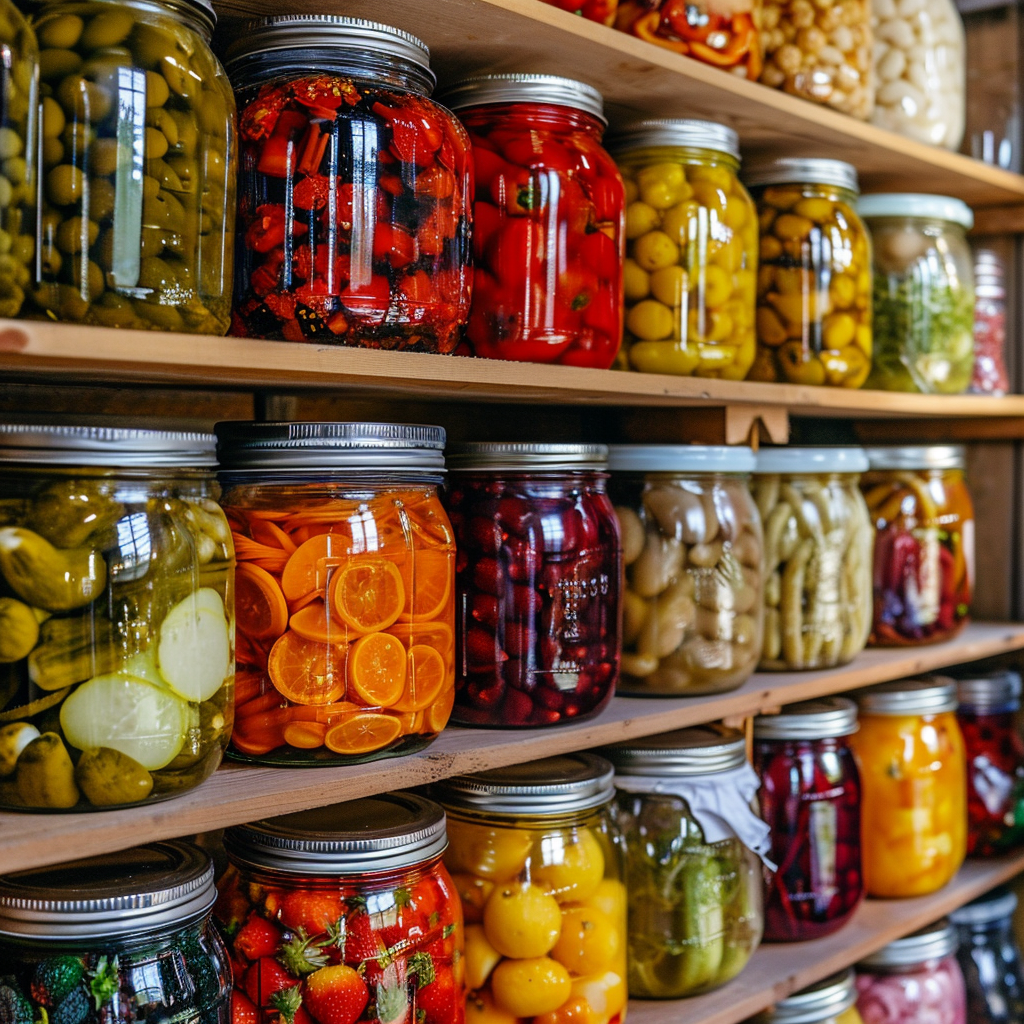
Exploring the Distinction: Food Storage vs Food Preservation
When it comes to ensuring food security, understanding the distinction between food storage and food preservation is crucial. Both these methods play a vital role in conserving food, but they differ in terms of approach, techniques, and outcomes. In this article, we will delve into the importance of food conservation, the fundamental concepts of food storage and preservation, different approaches to food storage, and factors to consider when deciding between the two.
Understanding the Importance of Food Conservation
Food conservation is essential for various reasons. Firstly, it helps to prevent food waste, which is a significant problem globally. Approximately one-third of all food produced for human consumption goes to waste, leading to not only financial losses but also environmental degradation. By properly storing and preserving food, you can reduce waste and contribute to a more sustainable future.
Secondly, food conservation ensures food availability during times of scarcity. Natural disasters, emergencies, and economic downturns can disrupt the food supply chain, making it vital for individuals and communities to have access to stored or preserved food when needed. It provides a safety net and helps in maintaining food security.
Lastly, food conservation offers economic benefits. By storing and preserving food, you can take advantage of bulk purchases and seasonal abundance, reducing overall food costs. It also allows you to extend the shelf life of perishable items, preventing unnecessary expenses.
The Fundamental Concepts of Food Storage and Preservation
Food storage and preservation may sound similar, but they involve different principles and techniques. Food storage primarily focuses on maintaining the original condition of the food, including its texture, flavor, and nutritional content. The goal is to store food for an extended period without significant changes in quality.
On the other hand, food preservation aims to prevent spoilage, bacterial growth, and other factors that lead to food deterioration. Preservation methods often involve altering the food’s characteristics, such as its moisture content or pH level, to ensure its long-term viability.
Different Approaches to Food Storage
Now that we have a basic understanding of food storage and preservation, let’s explore some common approaches to food storage. Each method offers unique advantages and disadvantages, depending on individual needs and circumstances.
1. Dry Food Storage
Dry food storage involves storing food items without moisture or water content. This method is suitable for items like rice, pasta, beans, grains, and cereals. By removing moisture, it prevents the growth of mold, bacteria, and other microorganisms. Dry food should be stored in airtight containers to maintain its quality and shelf life.
2. Canned Food Storage
Canning is a popular method of food preservation in which food items are sealed in airtight containers, usually made of glass or metal. The process involves heating the food at high temperatures to kill bacteria and other microorganisms. Canned food has a long shelf life and retains its nutritional value, making it an excellent choice for emergencies or long-term storage.
3. Freeze-Drying
Freeze-drying, also known as lyophilization, involves freezing the food and then subjecting it to low pressure to remove its moisture content. This method preserves the food’s original shape, taste, and nutrient content while extending its shelf life significantly. Freeze-dried food is lightweight and ideal for backpacking, camping, or emergency situations.
4. Vacuum Sealing
Vacuum sealing is a technique where food is placed in a plastic bag or container, and the air is removed using a vacuum sealer. By eliminating oxygen, the growth of bacteria and other microorganisms is inhibited, thereby prolonging the food’s freshness and shelf life. Vacuum sealing is commonly used for storing meat, fish, vegetables, and fruits.
5. Root Cellaring
Root cellaring is an age-old method of storing fruits, vegetables, and root crops in a cool, dark, and humid environment. Traditionally, root cellars were built underground or in basements to provide the ideal storage conditions. It is a cost-effective and sustainable method of extending the shelf life of perishable produce.
6. Refrigeration
Refrigeration is a widely used method of food storage, particularly for short-term preservation. By maintaining low temperatures, usually between 32 to 40 degrees Fahrenheit (0 to 4 degrees Celsius), refrigeration inhibits the growth of bacteria and slows down food spoilage. It is crucial to store perishable items like dairy, meat, and certain fruits and vegetables in the refrigerator to maintain their freshness and quality.
7. Freezing
Freezing is another popular method of food preservation that involves storing food at temperatures below 0 degrees Fahrenheit (-18 degrees Celsius). Freezing halts the growth of bacteria and other microorganisms, maintaining the food’s quality for an extended period. Many foods can be frozen, including meat, vegetables, fruits, bread, and prepared meals.
8. Fermentation
Fermentation is a preservation method that involves the conversion of carbohydrates into alcohol, organic acids, or gases by microbial action. This process not only imparts unique flavors but also enhances the nutritional value of certain foods. Fermented foods include yogurt, sauerkraut, kimchi, pickles, and kombucha.
9. Pickling
Similar to fermentation, pickling involves preserving food in an acidic solution, usually vinegar or brine. The acidity inhibits the growth of bacteria and extends the shelf life of the food. Pickled foods include cucumbers, beets, onions, and a variety of other vegetables, fruits, and even eggs.
10. Smoking and Curing
Smoking and curing are preservation techniques primarily used for meat and fish. Smoking involves exposing the food to smoke from burning wood or other plant materials, which imparts a distinct flavor and acts as a preservative. Curing is the process of applying salt and other seasonings to inhibit bacterial growth and prevent spoilage.
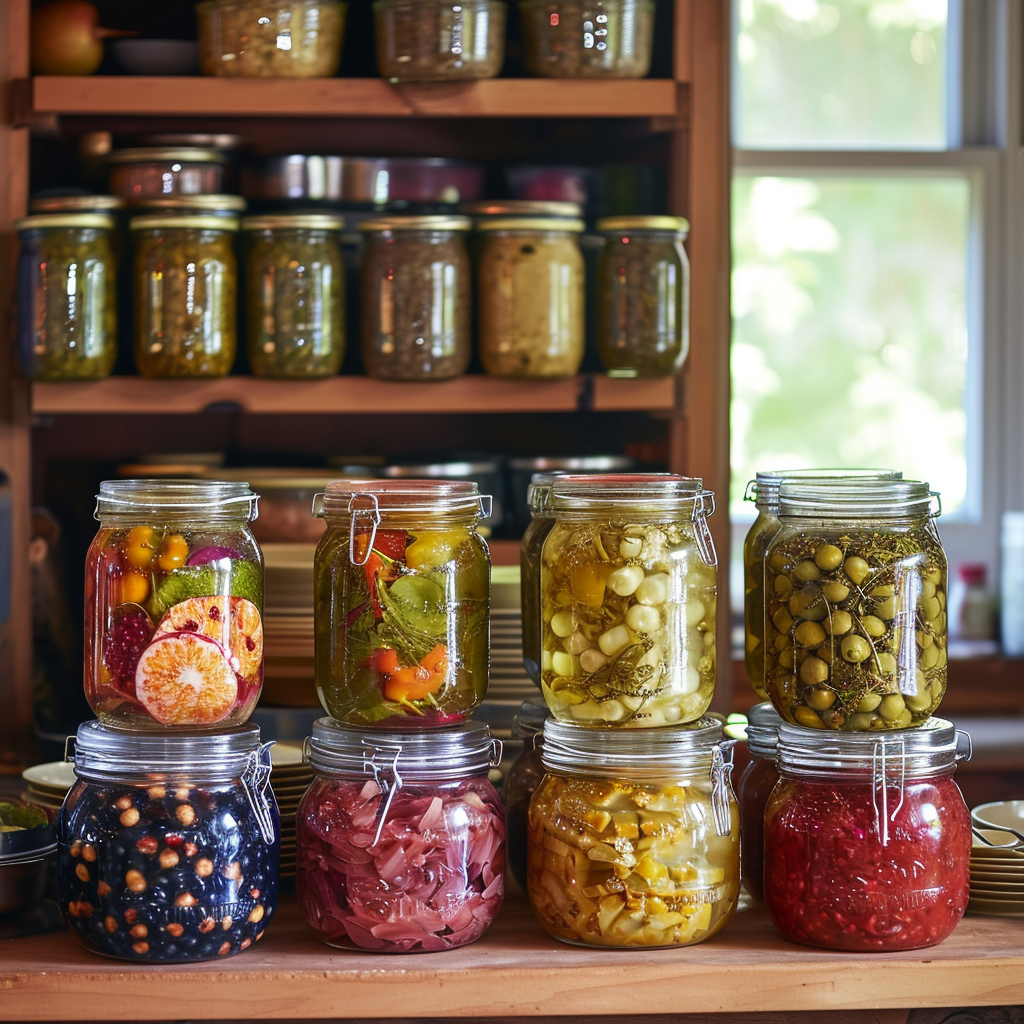
Choosing the Right Method for Your Needs
When deciding between food storage and preservation methods, certain factors need to be considered:
1. Shelf Life
Different methods offer varying shelf lives. Some methods, like canning and freeze-drying, can extend the shelf life of food for years. Conversely, refrigeration and freezing methods are more suitable for short-term preservation.
2. Nutritional Content
Certain preservation methods, such as freeze-drying and vacuum sealing, can preserve the nutritional content of food to a great extent. On the other hand, processes like canning and cooking can cause some loss of nutrients.
3. Convenience
Consider the ease of use and convenience of each method. Some methods require specialized equipment or skills, while others are more accessible and user-friendly.
4. Cost
The cost of each preservation method should also be taken into account. Some methods, like vacuum sealing or root cellaring, may have lower upfront costs, while technologies like freeze-drying or canning can be more expensive.
5. Environmental Impact
Lastly, it is essential to consider the environmental impact of each method. Some preservation techniques, like canning and freezing, may require more energy consumption, while methods like root cellaring or fermentation have minimal environmental drawbacks.
Conclusion
Food storage and food preservation are vital practices for ensuring food security, reducing waste, and maintaining a sustainable lifestyle. While food storage focuses on maintaining the original condition of food items, preservation methods prioritize preventing spoilage and increasing shelf life. By understanding the different approaches and considering factors such as shelf life, nutritional content, convenience, cost, and environmental impact, you can choose the right method that suits your needs. So, whether you opt for canning, vacuum sealing, or root cellaring, you can rest assured that your stored or preserved food will be available when you need it most.

